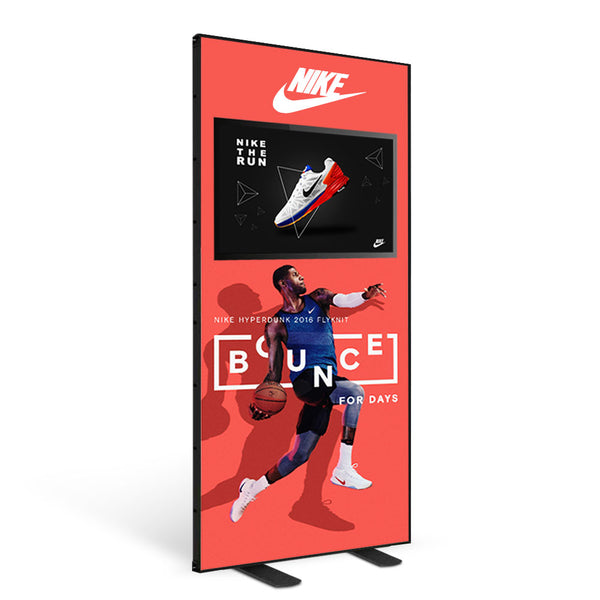6 Typography Rules Every Designer Must Know

Typography is the technique employed by designers to arrange type. It is an art and is more than just making words readable. The kind of typeface you choose and how well it works with your outline, grid, color scheme and other aspects will determine the type of design you end up with.
Here are some basic typography rules that every designer should follow.
1. Font
Font design is an important process involved in typography. Designers create typefaces over a significant period of time with skills they have honed over time. The finest, professionally designed fonts have different styles and weights to make a whole family, painstakingly chosen kerning pairs, multi-language support with international characters, and significant alternate glyphs to add quality and diversity to typesetting.
While there are a variety of free fonts available online, you should always choose the one that comes with all the options needed to create a fantastic design. You can either stick to the classics or branch out and try innovative new designs.
2. Size
Remember that all typefaces are sized differently, depending on the height and width of your chosen characters. Words set in various typefaces can take up different amounts of space on the page. Some typefaces are thin and narrow, while others are fat and wide.
‘X-height’ is the measure of height of each character. Using characters with the same x-height is the way to go when pairing different typefaces. ‘Set width’ is known to define the width of each character. This lets you get an idea of the buffer space between two neighboring letterforms.
The point system is the universal system used to measure type. However, type sizes can also be measured in inches, millimeters, or pixels.
3. Leading
Leading illustrates the upright space between each type line. The name comes from strips of lead that were used to divide lines of type in the age of metal typesetting. A universal rule to follow is that your leading value should be 1.25 to 1.5 times bigger than your font size; this will make your text readable.
4. Tracking and Kerning
Kerning involves adjusting the space between two characters and refers to the amount of space between them. Kerning is somewhat similar to tracking, which involves adjusting the spacing between all characters of a singular word to even it out.
5. Measure
Measure explains the width of a text block. A general rule of thumb is that your lines must only be 2 to 3 alphabets lengthwise, which means 52 to 58 characters counting the spaces.
6. Hierarchy
Hierarchy helps the reader differentiate between headings, sub-headings, and the body. By changing the size and color of the font as well as width and spacing, you can organize the content. If all the type looks the same, it gets difficult to find out the most pertinent information.
These are the rules every designer should always remember in order to create an amazing typeface. Learn more in our typography guide, 10 Ways to Improve Typography in Your Design.




